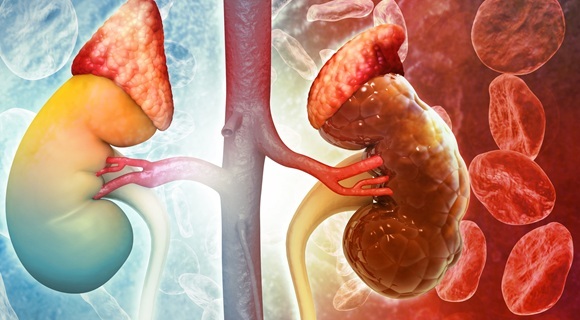Study Explores MicroRNA Signatures to Detect and Classify Several Prominent Cancers
Posted on 02 Aug 2023
Cancer remains one of the world's most devastating diseases. As the medical community strives to enhance diagnostic tools, microRNAs, or miRNAs, have taken center stage in biomedical research. These small non-coding ribonucleic acids (RNAs) play a crucial role in all biological functions, primarily gene regulation. Consequently, miRNAs oversee various biological and pathological processes, including cancer formation and progression. The close link between miRNAs and many cancers has led to an increased interest in using miRNA expression profiling data for non-invasive early detection. Machine learning has proven to be instrumental in creating high-performance pan-cancer classification models and identifying potential novel miRNA biomarkers for clinical investigation. However, it's crucial to understand how these data science methodologies relate to known biological processes to better integrate them into clinical settings.
Researchers from Florida Atlantic University (FAU, Boca Raton, FL, USA) further investigated the potential of miRNAs as biomarkers for cancer classification and enhancing clinical classification applications. They have developed a multiclass cancer diagnostic model using miRNA expression profiles through an iterative process that applied multiple techniques to an expanding dataset of miRNA expression quantification data. The study involved assessing how top miRNA features selected by machine learning models correlate with clinically and biologically verified miRNA biomarkers. Using Support Vector Machine and Random Forest machine learning models, they developed cancer classification models and progressively added more cancer classes to the multiclass models. The study analyzed the relationship between relevant miRNAs identified through feature selection and the classification models' performance metrics across 20 iterations, each incorporating another primary sample site, thereby increasing the types of cancer included.

The researchers studied the changes in success metrics as more cancer types were added, how the 20-miRNA signature evolved with the inclusion of more cancer types, and the overall characteristics of the full dataset using principal component analysis, a well-established technique for analyzing large datasets with numerous dimensions or features. This study differs from earlier ones focusing on miRNA feature signatures for a final multiclass dataset as it tracked changes in clinical and biological relevance with each addition of a cancerous tissue type. The study's findings suggest that models with more cancer classes shift toward focusing on cancer-diverse miRNAs of greater relevance with characterized functionality. The study implies that miRNAs might be highly unique to particular cancerous tissues and could serve as strong biomarkers for detection and classification. However, the study noted that the current verified biomarkers fall toward more cancer-wide miRNAs when detecting cancer.
The study offers insights into possible relationships between the overall clinical relevance of the feature extraction signature and the models' success metrics. It demonstrates the feasibility of using a multi-tissue miRNA cancer signature as a generalizable signature for single-class cancer detection in various prevalent cancers. The findings revealed that although the performance metrics decreased as the number of cancer classes increased, the percentage relevance of the miRNA feature selection signature increased marginally before stabilizing. Also, after performing principal component analysis, non-cancer tissues from all samples showed very similar expression visualizations, whereas all cancerous tissues had unique profiles.
“MicroRNAs have significant promise for future diagnostic tests because they can be detected directly from biological fluids such as blood, urine or saliva as well as the availability of high-quality measurement techniques for miRNAs,” said Oneeb Rehman, corresponding author and a Ph.D. candidate in the Department of Electrical Engineering and Computer Science within FAU’s College of Engineering and Computer Science. “This makes understanding and characterizing the biological basis behind potential miRNA classification tools crucial for integration into clinical environments.”
Related Links:
FAU








 (3) (1).png)





